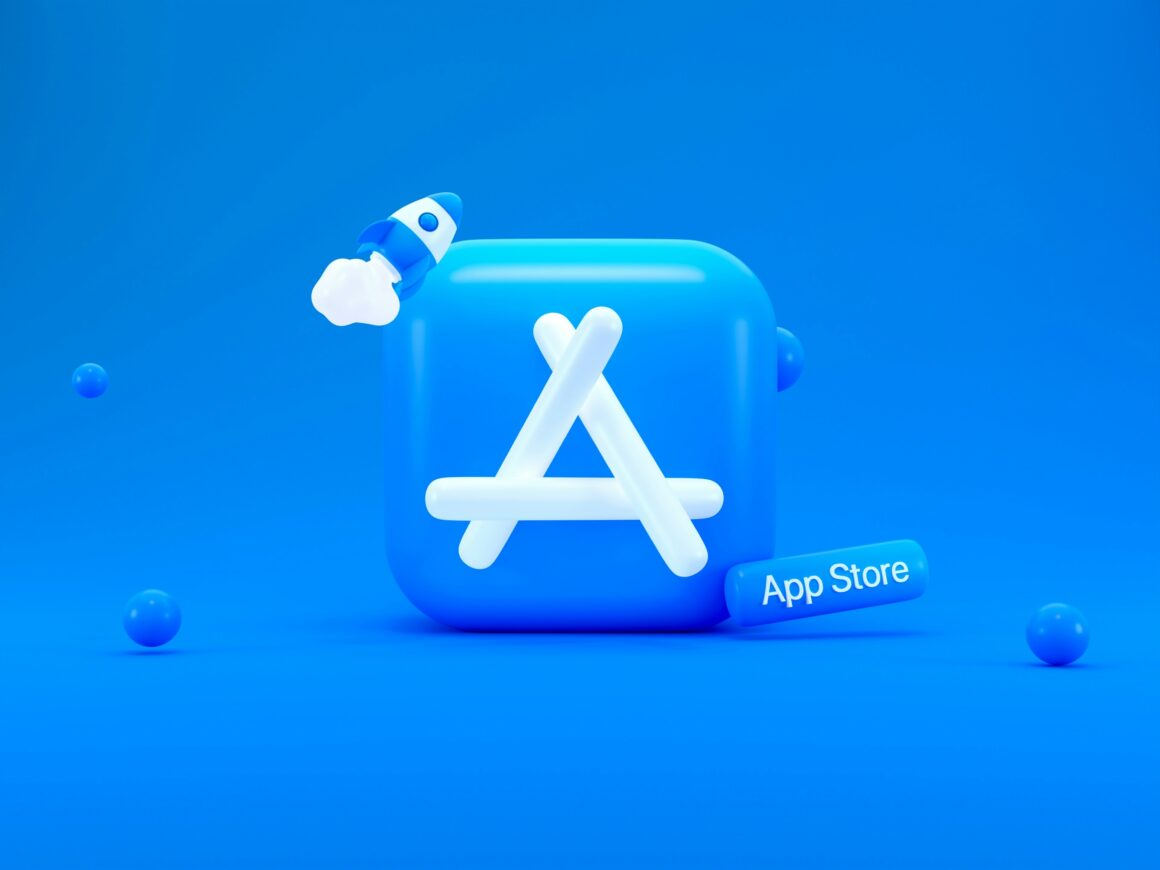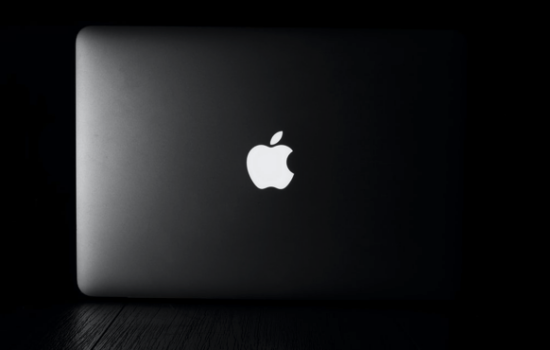The App Store and Google Play have come a long way from just being platforms where you get apps. These days, both stores are constantly trying to outdo each other with new features, better app quality, and tools that keep users coming back. While many people compare numbers, it’s not always about who has more apps; it’s about who’s making the experience better.
Both platforms are neck-and-neck in many categories
If you’re trying to stream a movie, download games, or even gamble using iOS or Android, you won’t notice a huge difference in what you can access. Most developers release apps for both platforms at the same time, and users get the same core experience regardless of the OS. This also includes mobile games and gambling apps. Many mobile casino apps that are known to offer generous bonuses, large game libraries, and fast payouts work just as well on both platforms, giving players the same value whether they’re using iOS or Android.
Even though the same features exist on both sides, the delivery often feels different. On iPhones, apps usually load faster, run smoother, and are better optimized for the device. Android, with all its variety in devices and software versions, can make the same app feel less consistent depending on what phone you’re using.
Apple has always had tighter quality control
The App Store is known for being stricter about which apps it lets in. While some developers see this as a hassle, it does help users avoid glitchy apps or those that spam notifications or abuse permissions. This matters when you’re dealing with anything that handles personal data or payments, users want to trust what they’re using, and Apple has spent years building that kind of environment.
On Android, the more open nature of the Play Store means developers have more room to test and experiment, but this also opens the door to more buggy releases. Google has improved its app review process, but it still doesn’t match the same level of scrutiny that Apple applies across the board.
Some features show up first on Apple
Apple tends to roll out new ideas a bit earlier than Google. Whether it’s app privacy labels, App Tracking Transparency, or tools like App Clips, the App Store usually gets ahead with features that are designed to improve user experience. Developers are also more likely to create polished features for iOS first because of higher engagement and spending from iPhone users.
That being said, once Google picks up on something that’s working, it usually doesn’t take too long for it to bring a similar feature to Android, but not always with the same level of refinement.
Android offers more freedom, but it’s a trade-off
For people who love tweaking settings, changing defaults, or downloading apps that aren’t available in the official store, Android still offers more freedom. Sideloading apps or using alternative app stores is fairly easy. You can even find early builds or experimental tools that Apple would never approve.
However, that kind of freedom comes with risks; apps might not be fully tested, and updates can break things on certain devices. While it’s great for people who want more control, most everyday users just want things to work, and that’s where Apple still wins for reliability.
Monetization affects how apps evolve
Developers often focus on iOS when they’re building premium apps because iPhone users are more likely to pay. This means iOS apps usually get more attention, updates, and support over time. Whether it’s paid apps, subscriptions, or in-app purchases, Apple users tend to bring in more revenue, which explains why some app experiences feel more polished on the App Store.
On the other hand, Android apps often rely on ads or freemium models to make money. This can make them feel cheaper upfront, but it also means dealing with more interruptions, limited features, or slower updates unless users start paying.
User experience still matters most
The real difference between the App Store and Google Play comes down to consistency versus variety. Apple offers an experience that feels stable, secure, and straightforward. You know what to expect, and you’re less likely to run into performance issues or sketchy apps. Android offers more options, more customization, and more ways to try things that don’t always fit within Apple’s boundaries.
At the end of the day, both platforms are constantly learning from each other, and they’ve borrowed a lot over the years. However, if you want an app store that works out of the box and focuses on polish over experimentation, Apple still feels like the more complete option.
Conclusion
Google Play keeps pushing the envelope with flexibility and scale, but the App Store still leads with a smoother, more refined user experience. Whether you’re into mobile gaming, streaming, or just downloading your favorite productivity apps, both platforms deliver, but Apple continues to shine where it matters most, making sure everything just works.








